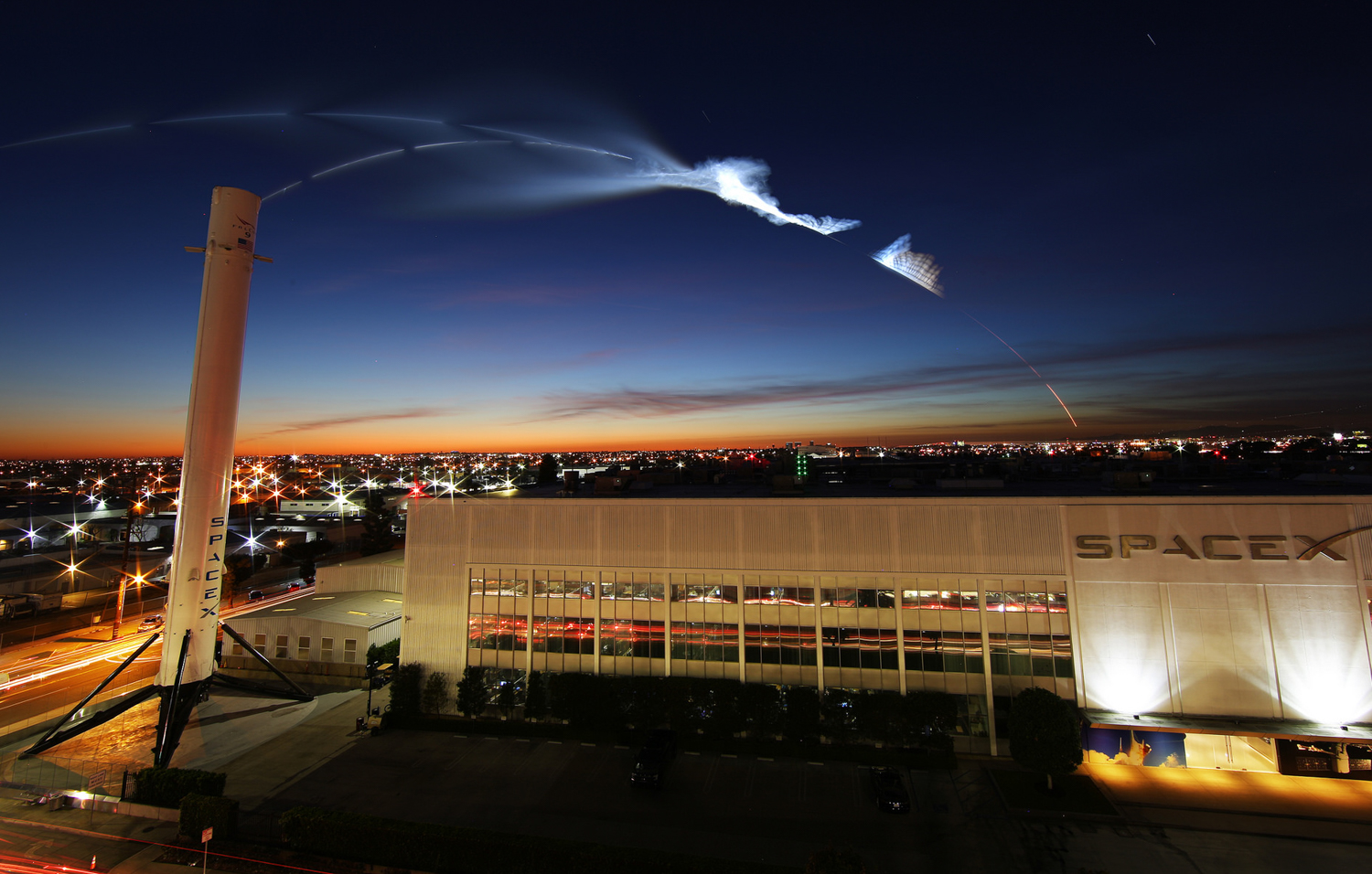
UPDATE FEB 17:
– The Falcon 9 was rolled out to its launch pad this morning, but was then rolled back into its hangar a short while ago. SpaceX says they need additional time to perform final checkouts of the rocket’s upgraded fairing, and due to “mission requirements” liftoff is now targeting Feb 21.
ORIGINAL STORY BELOW:
Four launches within the first 50 days of the year is an impressive accomplishment, and that’s exactly what SpaceX is aiming to do in dawn’s twilight Sunday morning, Feb. 18, targeting liftoff of their last Block-3 variant Falcon 9 rocket to launch a satellite for Spain at 6:16 a.m. PST (14:16 UTC) from SLC-4E at Vandenberg Air Force Base.
Sunrise will occur at 6:44 a.m., which means the Falcon 9 will launch in darkness, but should ascend into sunlight as it roars through the upper atmosphere on the power of its nine Merlin 1D+ engines to deploy the $180 million, 3,000-pound (1,400 kg) Paz radar-imaging satellite into low-Earth orbit. A rideshare payload of two SpaceX Starlink test satellites for the worldwide internet program are also onboard the rocket.
So don’t freak out again SoCal like you did when Iridium-4 launched last December, which saw the setting sun illuminate the rocket’s expelled gas to create a dazzling sight in the twilight. People were calling 911, the Los Angeles Fire Dept had to post a media advisory and even the Los Angeles mayor had to take to Twitter to calm people down. It’s not a conspiracy missile launch, nor is it aliens or the start of WWIII. It’s just another SpaceX launch, and you should start getting used to it, as the company’s launch tempo is only expected to increase.
That is of course, if anyone gets to see it. Although the U.S. Air Force 30th Space Wing predicts a 90% chance of favorable weather for liftoff Feb 18, they also expect a layer of marine clouds, fog, and visibility of only 2 miles. Ground winds are the only minor weather concern for liftoff, coming out of the northwest through north at 10‐15 knots for T‐0 with temperatures between 48‐53F.
FOLLOW OUR PAZ LAUNCH TRACKER FOR UPDATES AND LIVE COVERAGE ON LAUNCH DAY!
Built by Airbus Defence and Space under a November 2008 contract with Madrid-based satellite servicers operator Hisdesat, Paz—whose name means “peace” in Spanish—is targeted to meet the security and defense requirements of the Spanish Government. As a dual-use, civil/defense mission, it will perform global observations in support of military and civilian applications, including rescue, maritime surveillance, tactical support, border control, disaster management, environmental control, risk management and counter-piracy, particularly off Somalia.
Last weekend, the 230-foot-tall (70-meter) booster was rolled out and raised to vertical on SLC-4E for a customary Static Fire Test, which went well. The booster was then returned to its hangar for integration of PAZ.
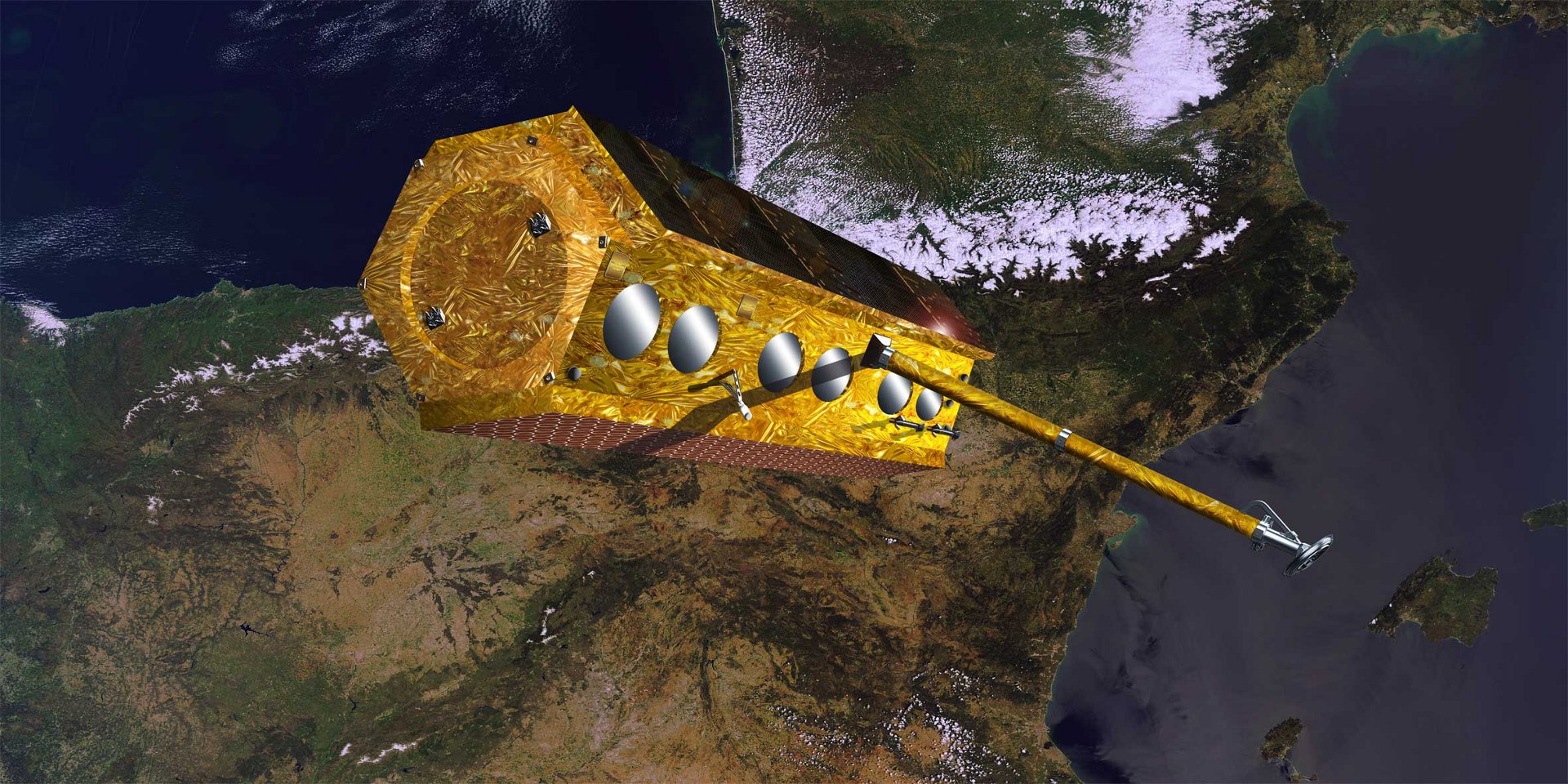
“The 30th Space Wing is ready to support the first West Coast SpaceX launch of 2018,” said Col. Greg Wood, who serves as vice commander of the 30th Space Wing at Vandenberg. “Each launch marks the culimination of hard work and dedication of Team V. We are excited to support this mission, as we continue to provide safe, secure access to polar orbit.”
Launch had been targeting Feb 17, but on Thursday SpaceX announced a 24-hour delay from Saturday morning until Sunday morning, with a revised T-0 of 6:16 a.m. PST to allow for additional time for pre-launch systems checks.
Three seconds before launch, the Falcon’s engines will thunder to life, ramping up to a combined impulse of 1.5 million pounds (680,000 kg) and heading in a southerly direction to provide the muscle for the first 2.5 minutes of flight, before separating and falling to a grave in the Pacific Ocean.
SpaceX has been landing their first stage boosters very successfully, and is even flying re-used boosters now. Matter of fact, the Falcon 9 launching PAZ is itself already flight-proven, having previously launched last August’s Formosat-5 mission, but for this mission they have no intention on landing or re-using it.
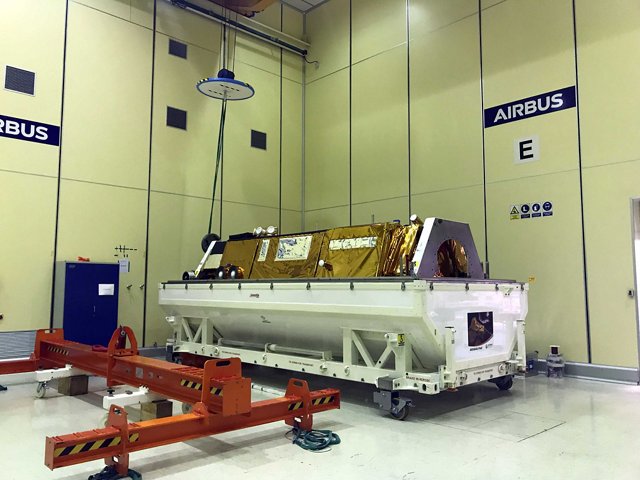
After first stage separation will come ignition of the Merlin 1D+ Vacuum engine of the rocket’s second stage, which will ignite for a single “burn” to place PAZ into its orbit, at an altitude of 319 miles (514 km), inclined about 99.4 degrees to the equator.
When operational, after a six-month commissioning phase, the satellite will be capable of transmitting over a hundred SAR images daily and store up to 256 gigabits of data in its on-board recorders. Its sensors can image up to 115,800 square miles (300,000 square km) of terrain daily and revisit the same site on Earth every 11 days.
2018 has begun in fine fashion for SpaceX, with the maiden voyage of the long-awaited Falcon Heavy and the successful delivery of the SES-16/GovSat-1 communications satellite last month, together with the secretive Zuma payload for an undisclosed U.S. Government entity, the exact fate of which will likely remain undisclosed.
– Article by Mike Killian and Ben Evans.
.
FOLLOW AmericaSpace on Facebook!
.




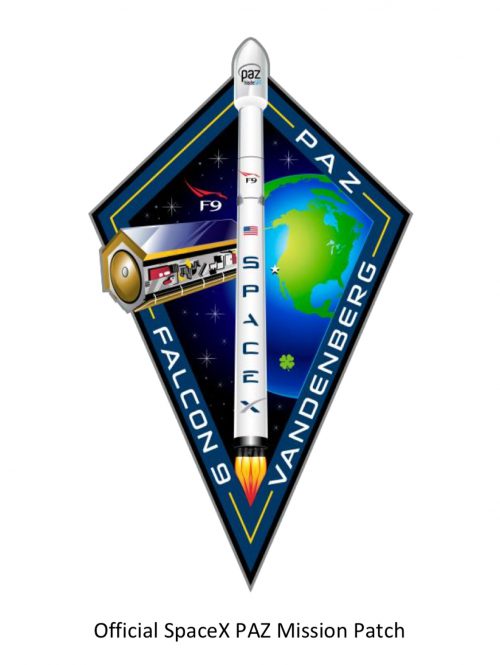
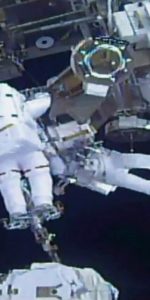

Since marijuana is now legal in CA, those who are high and in a defective mental state to begin with will freak out if they are conscious and see the launch.
For my part, I find this event to be BIGGER than the Daytona 500. GO PAZ GO!!!!!